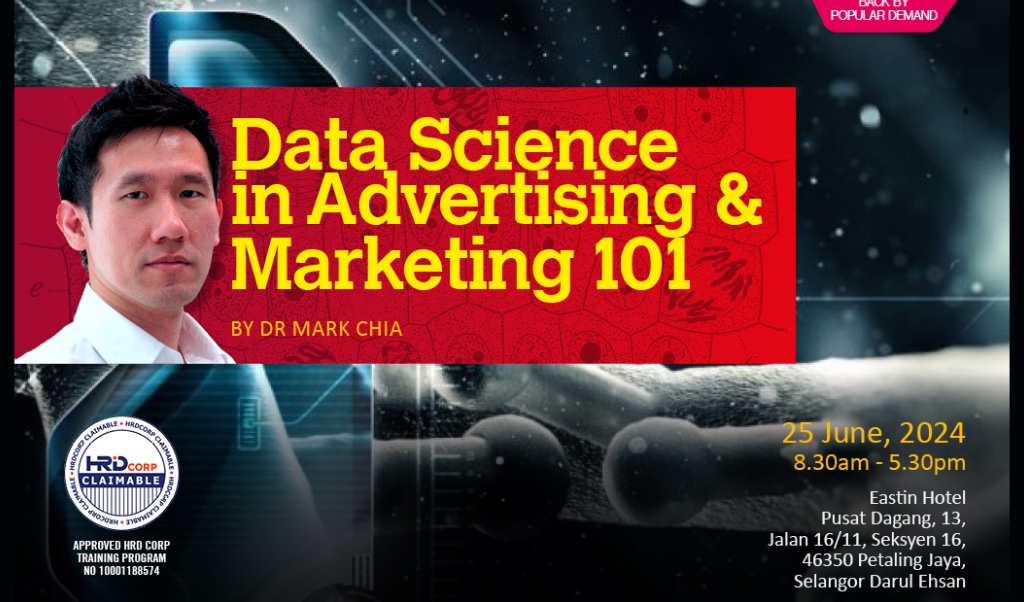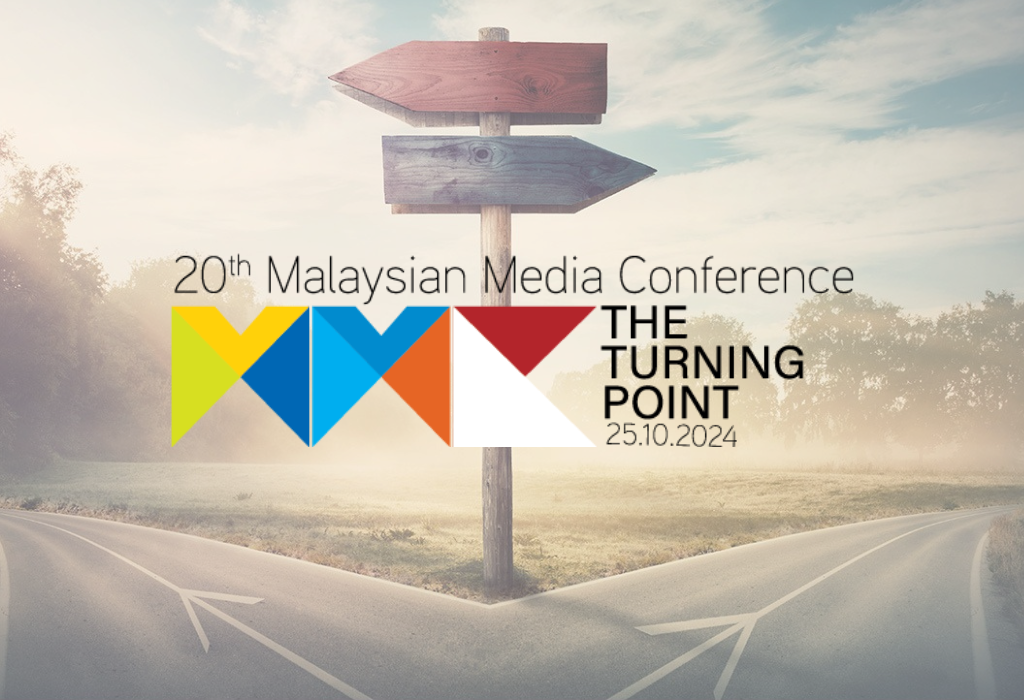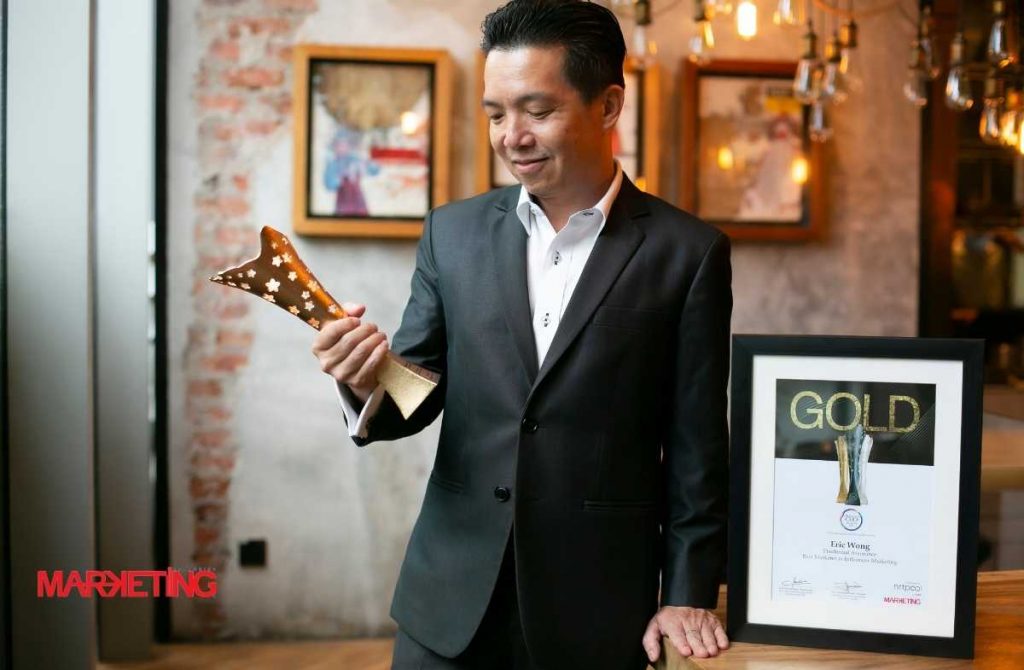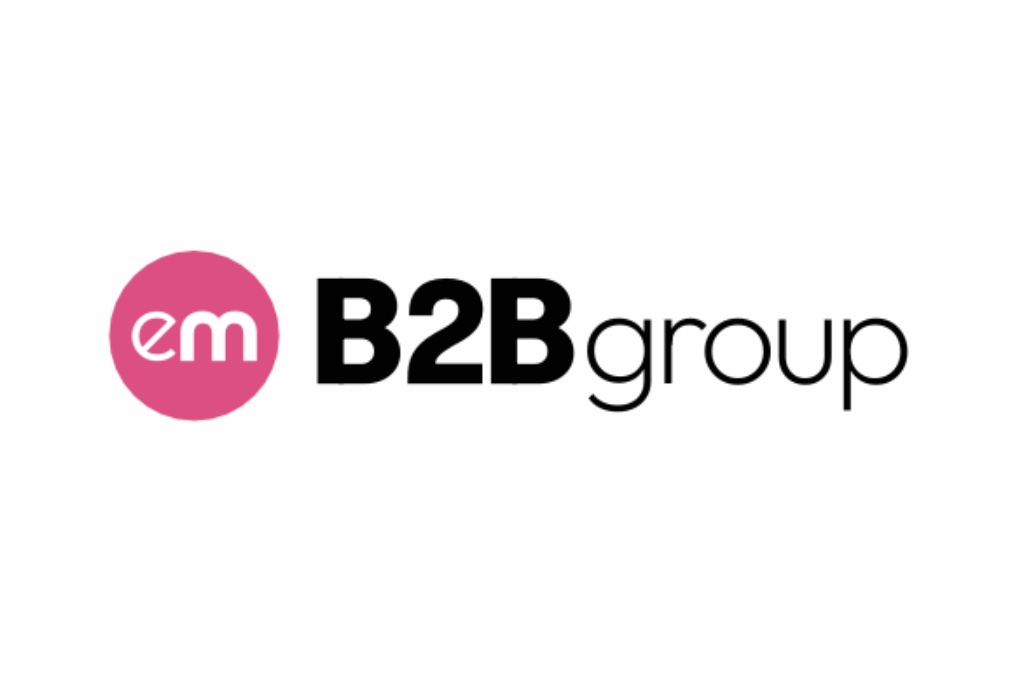The CMO position is a powerful position in business, and it requires constant adaptation to survive.
Where once the role of a brand’s marketing chief was simply to build awareness of the brand, these days the expectations of the budget and its keeper had made the job more complex and diverse.
Marketing Magazine had the rare opportunity to sit down with Eric Chang, CEO of AIA General Berhad, for his thoughts on the future of CMOs within the marketplace.
He used to be the CMO for AIA’s businesses in Malaysia, before he took the reins of the general insurance business. His experience has provided him with unique insight into the topic at hand and we were really fortunate to get him to share his thoughts with us.

Q: Are CMOs losing control of the narrative these days? The discipline has turned into something quite different with building brand awareness and also balancing customer level personalisation as well. Isn’t this really complicating things?
A: Expectations change with the passing of time and as marketplace continually evolves, every role not just the CMO’s, need to evolve along with it.
It’s about relevance. The alignment between what you do and what is needed by the business. Ultimately it’s about the customer.
Throughout history, from the time it was created, the CMO role and responsibilities has been inseparably linked with engaging and meeting customer needs.
As customer’s expectations and demands change rapidly in this digital age we live in, the CMO role has to follow.

Q: It is said that CMOs need to think long-term about the brand, and not just be quick to have knee jerk reactions to new events. What is your take on this?
A: The CMO is the ultimate custodian of the brand. But brand thinking needs to have a long horizon and naturally the work that follows to develop the brand.
Just like in football, to build a great team you need time build the foundations, like the youth academy, to ensure you have a steady pipeline of new players and build the right culture and playing style.
But in this age of hyper download speeds and on-demand entertainment, nobody has the patience to wait – true of brand building and football.
My repeated “mantra” to the brand and marketing team is that marketeers need to have bi-focal vision: one eye on meeting the immediate business needs, the other on building a sustainable, valuable brand that will last.

Q: The value of a brand is often cited as something like dark matter, its significant but is also rather blurry, almost like an intangible concept, do you agree with this?
A: The convergence of technological advancements that allow for accurate tracking and monitoring of literally every activity under the sun, with the heightened expectations for increasing efficiencies in resource employed (read: ROI, ROI, ROI), means that when it comes to managing and developing the brand, there’s an imperative, not to mention urgency, to clarify the impact and significance of a well-managed brand, more than ever before.
It is all the more critical in traditionally less marketing or consumer oriented industries (for example B2B, industrial) where the link between a brand’s health and business performance are even fuzzier.
The fact is that the full impact of a brand is inherently long-term in nature. Though there may be some effects that are immediately obvious following an event, campaign or initiative, ultimately, you won’t know the full measure of your brand’s impact until a period of time has elapsed.
As they say, Rome wasn’t built in a day. Neither are legendary brands. Persistent and consistent effort is necessary to bring you to that lofty place.
Often times, companies lose steam in this pursuit because they don’t have the stamina to go the long haul. (Of course, it’s also about investing and doing the right things in building the brand, but that’s a separate matter).
It then becomes a self fulfilling prophecy when the impact of the brand is muted because they hadn’t continued what they started.
To help stakeholders especially the people controlling the purse strings better appreciate the value of the brand, I think it’s a brilliant idea to have an internationally agreed brand value index like that proposed at the Cannes CMO Growth Council.
Though I do not underestimate the task ahead in establishing such a thing, these standards will shift the discussion for CMOs, ensure continuous buy-in and support for CMO’s brand activities and help reaffirm the value of marketing colleague’s work.

Q: Craft, is often associated with advertising agencies, but CMOs are also getting in on the act. From your experience, how can CMOs affect change in this area?
A: You know your brand better than anyone else. I believe in jointly creating with my ad agencies, rather than delineate between us and them.
I’ve had the great fortune of working with a great team of creatives for a long period of time and winning amazing awards with our work.
The “secret sauce” is in creating an environment where you’re combining the best that your advertising team has to offer – drawing from their insights and experience working on multiple campaigns across different industries – with your intimate know-how of your business, the strength of your brand and your target customers, to develop great work together – that’s when the magic happens!

Q: In terms of your current journey with AIA, could you perhaps share with our readers how the transition has been from being a CMO to a CEO? Some key learnings perhaps?
A: AIA General Berhad, the general insurance business of AIA in Malaysia, was set up as a separate entity on 1 July 2018 in line with regulation.
The transition for me was on two fronts – firstly, moving from leading the marketing function to overall management of a business unit; secondly, moving from primarily working on the Life Insurance business to focusing solely on the General Insurance business.
My depth of experience in insurance certainly helped with making the transition easier, but throughout my career I’ve always ensured that I spend sufficient time in understand the different areas of the business e.g. Operations, Technology and Customer Service.
CMOs need to look beyond their own domains of responsibility to have a more enterprise wide perspective – not just because it helps prepare you to move up to a business leadership role, it will enable you to be more precise in diagnosing your organisation’s marketing needs, be more effective in developing solutions that deliver great results, and demonstrate empathy as you engage colleagues across the business.

Q: In Malaysia right now, there is always talk about digital transformation and how its important be to data-centric in everything that we do. How about AIA, what’s the story like?
A: It is undeniable that the entire market is constantly undergoing changes – it’s a constant work in progress for the better and over the past decades, we’ve seen technological advances that go beyond our imagination.
Technology and digital innovation will continue to disrupt current business models and to stay relevant you always need to be one step ahead.
At AIA, our modus operandi is to stay agile and flexible, embracing the new and allowing ourselves to evolve as an insurer.
We have 2 main priorities in AIA: our customers and our Life Planners. For our Life Planners, our goal is to ease the way they conduct business and provide them with the best tools and platforms that they need to service our customers in a way that is modern, efficient and relatable.
For our customers, we embrace technology to ensure that we are always relevant to their needs, and provide them with a choice in how they wish to interact with us.
However, I can’t emphasise this enough – insurance is still very much a people business which requires an interpersonal connection and the role of a Life Planner remains crucial as they provide the financial knowledge and guidance to our customers.
“High tech, and high touch” as we like to say internally. Ultimately AIA will strive to remain ahead of the curve, venturing into new platforms, using data to create innovative products, streamlining our processes and enhancing our efficiency to ensure that our business is always resilient and future-proof.

Q: Finally, what does the future hold for a company like AIA to remain relevant through its marketing and advertising practices? Perhaps, any last bit of advice you have for your peers in the industry as well?
A: Stay close to your customers. Challenge conventions and long-held beliefs. But don’t become obsessed with new technologies or trends.
Be obsessed with engaging customers in a personalised, relevant and authentic manner.
MARKETING Magazine is not responsible for the content of external sites.






![FRED & FARID Launches [Ai]magination, a Global AI Production Studio Tailor-Made for Brands, CMOs and Agencies in 2024. ezgif-1-54eb746051](https://marketingmagazine.com.my/wp-content/uploads/2024/01/ezgif-1-54eb746051-scaled.jpg)


